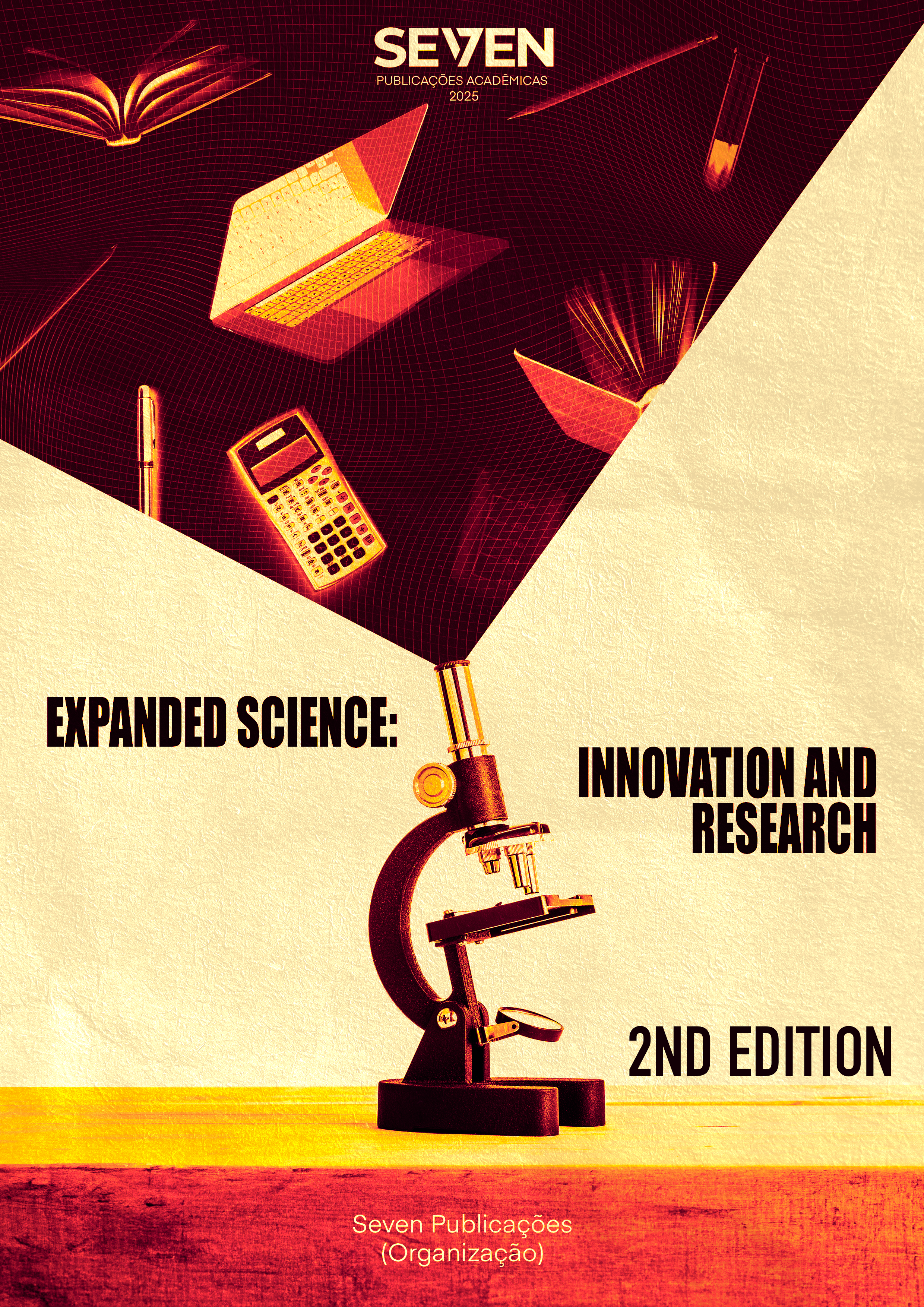LAND DEGRADATION NEUTRALITY (LDN): A CRITICAL REVIEW OF CONCEPTUAL GAPS AND CHALLENGES IN IMPLEMENTATION AND MONITORING
Keywords:
Land Degradation, Desertification, Land Degradation NeutralityAbstract
Land Degradation Neutrality (LDN) was proposed by the United Nations Convention to Combat Desertification (UNCCD) to curb productivity loss and socio-environmental impacts caused by terrestrial ecosystem degradation. As a recent goal, LDN remains debated regarding its conceptual clarity, methodological consistency, and applicability across regional contexts. This study, covering the period 1997–2019, aims to analyze the LDN implementation process by identifying conceptual gaps and challenges related to the use of biophysical indicators for monitoring and assessment at multiple scales. The selected timeframe encompasses the consolidation of the UN Convention to Combat Desertification and the formal inclusion of LDN within the 2030 Agenda, enabling an understanding of its conceptual and institutional evolution. The integrative and bibliometric research analyzed 54 scientific articles and 8 institutional reports from indexed databases and grey literature. Results show that although LDN has advanced as a key component of SDG 15 in the 2030 Agenda, uncertainties persist concerning baseline definition, indicator comparability, and policy effectiveness in countries with limited technical capacity. Strengthening the scientific and institutional framework of LDN requires conceptual harmonization and integration among science, governance, and sustainable financing to ensure a balanced future between land degradation and restoration.
Downloads
Published
Issue
Section
License

This work is licensed under a Creative Commons Attribution-NonCommercial 4.0 International License.





